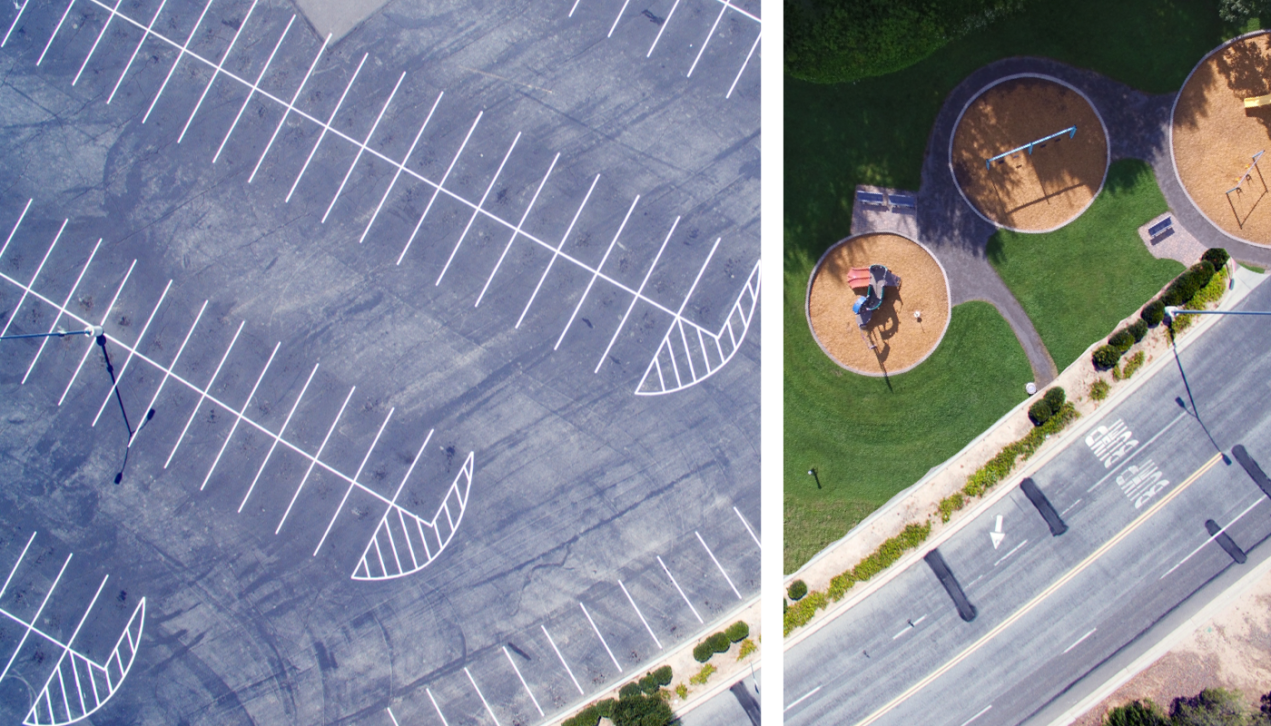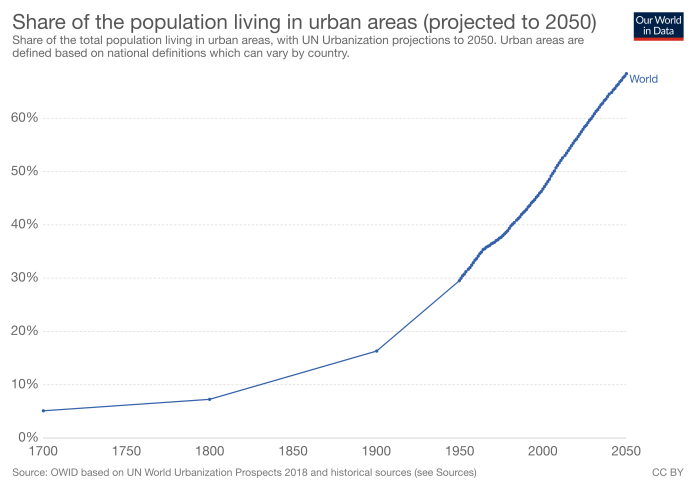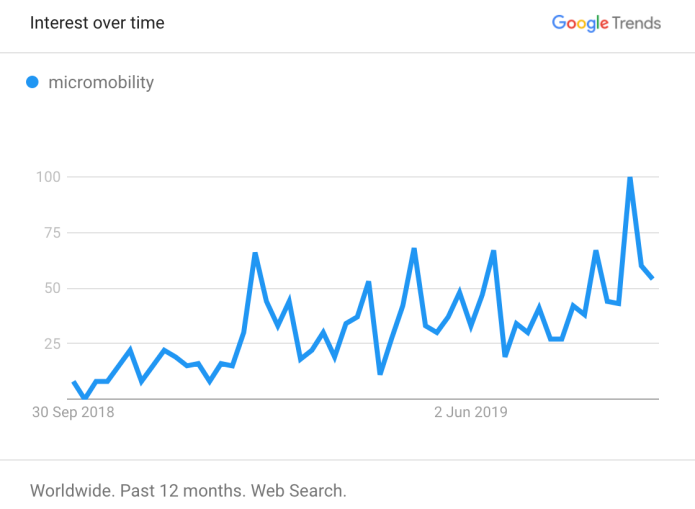The previous episode of this series discussed the current and future challenges of urban transport. This episode will focus on the issues with the current format of transport and introduce micro-mobility.
The growth of cities is happening at a very fast pace. More than half the world’s population now lives in urban areas, and this figure is expected to grow to two thirds by 2050. Urban areas are expected to grow 80% in the next 10 years. This rapid growth and higher concentration of people in cities presents an urgent need to solve transport issues around emissions, traffic congestion and cost.
Current forms of transport are not sustainable. They pollute the air we breathe, cost us valuable hours spent in traffic and account for up to a fifth of our expenditure. The overall quality of life for the vast majority of people is and will be determined by the urban environment we live in, and our ability to move quickly, affordably and sustainably is of fundamental importance. Our infrastructure is being outpaced by the growth of cities, leaving our transport systems constrained in one way or another. How then do we find something that solves our transport needs and the issues of emissions, traffic congestion and cost?
Current forms of transport are not sustainable. They pollute the air we breathe, cost us valuable hours spent in traffic and account for up to a fifth of our expenditure.
We may be able to take some learnings from the concept of “leapfrogging”, where we leapfrog development to build the systems of the future, rather than of the past. Many references have been made to this concept in telecommunications, where emerging countries have leapfrogged landlines through the mobile phone, avoiding the development of a redundant network of physical lines that countries in Europe or the US have built.
The same is happening in the energy sector, where distributed energy systems such as renewable micro-grids and even rooftop solar are powering communities and households without the need to build out large centralized power plants and their accompanying transmission networks. Interestingly however, the energy sector has taken a hybrid approach. Distributed generation is indeed reducing demand from centralized infrastructure, but in many cases, it is still connected to a distribution line and the broader electricity system.
Transportation is likely to take a similar approach. Personal vehicles could be the ‘mobile phone’ equivalent and public transport the ‘landlines’, yet personal vehicles are the ones that have been making our cities less efficient by clogging up roads, polluting the air we breathe and so on. Cars haven’t really worked for our cities, but there are other forms of mobility coming that will enable our transport systems to leapfrog. However, let’s first address the problem with cars.
The issue largely comes down to format, more specifically size. Personal vehicles occupy a lot of space in our cities and are generally occupied by a single person (around 45% of personal vehicle trips are done with a single occupant, i.e. driver only). In a restaurant or shop for example, there are typically 2m2 of area per person, yet the vehicle that person drives to get there occupies 17m2 for parking and up to 27m2 considering the driveway; cars are occupying 13x more space than what is actually needed for you to be there!

This exaggeration of size results in a waste of space and, in our roads, causes extreme traffic congestion. Because of their size, vehicles also have a lot of weight, around 2 tons of steel to be precise. There is a huge amount of energy needed to move a vehicle, roughly 20-25 times what you’d need to move yourself. And that’s without getting into the safety implications of 2 tons of steel freely moving alongside people at 50-80km/h. We have to address the issue of format; the current size of a car is the main inhibitor to the success of personal transport in cities.
In comes ‘micro-mobility’.
This has become a very popular term recently. But what is micro-mobility?
Although many people relate the term to short distances, it more accurately relates to smaller forms of mobility, personal mobility. Renowned technology analyst Horace Dediu applied the definition: small lightweight vehicles for personal mobility, less than 500kg and for 1-2 passengers. Indeed, these vehicles tend to represent shorter distance trips but because of the nature of their size. Size, not distance, is the root of the term ‘micro-mobility’.
Micro-mobility: small lightweight vehicles for personal mobility, less than 500kg and for 1-2 passengers
There are various forms of micro-mobility currently including bicycles, electric scooters, motorcycles and hover boards, and they are evolving fast. Many more forms of micro-mobility will exist in the near future. This format of mobility presents many important benefits in contrast to the personal vehicle, principally related to space, energy, safety and cost:
- Space – Because of its smaller size, micro-mobility occupies less space; it reduces congestion and frees up space in our cities for other uses.
- Energy – It naturally has a lower weight and requires less energy to move, therefore it is far easier to electrify, creating a zero emission, sustainable transport solution.
- Safety – Its weight and speed make it less hazardous to pedestrians and other vehicles, although work still needs to be done on safety guidelines and regulation.
- Cost – Micro-mobility assets are smaller and inherently less expensive, which makes them very compatible with the sharing economy (think of shared bikes and scooters), and because they require no fuel or only electricity to move, offer a very cost-effective form of transportation.

A picture I took of several forms of micro-mobility – mopeds, bicycles, scooters and motorcycles – next to a car in Austin, TX. About 9 micro-mobility vehicles occupying the same space.
There is a huge potential with micro-mobility, the characteristics of these vehicles make them suitable for trips up to ~13km, representing 60% of all passenger trips and approximately 80% of trips within cities. As we continue unbundling transport and creating different forms of mobility, we will discover that there will be more than one single choice of transport and be able to choose according to the type of journey. We will truly be able to reduce our ownership of cars with a suite of mobility services and micro-mobility will play a huge role.
Micro-mobility presents an incredible opportunity to transform mobility in our cities and make them cleaner, safer and more affordable places to live and work. It will enable zero-emissions transport, allowing us to have cleaner air in our cities. It will take up less space, enabling us to have faster journeys with less traffic and more space for parks, shops, offices and more. We will be able to move freely and in a cost-effective way. Overall, it will make our cities more inviting and help set the urban environments that will be home to more and more of us on a path towards long-term sustainability.



